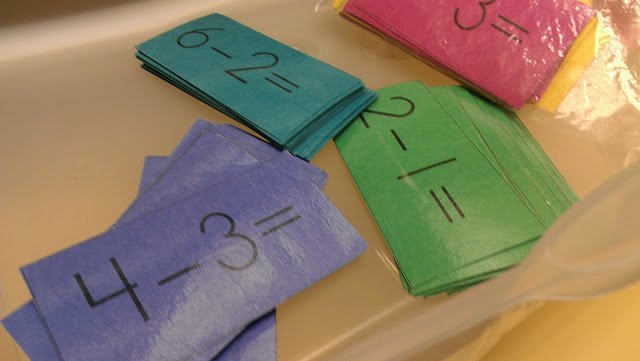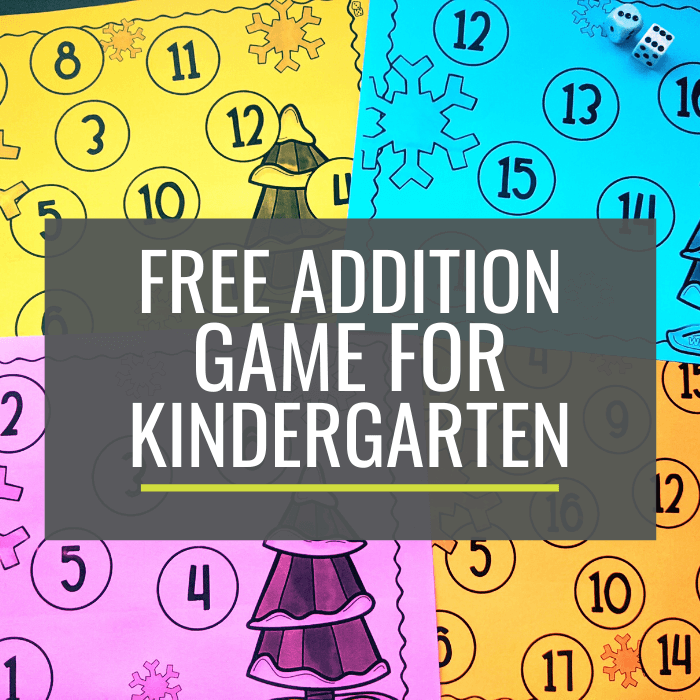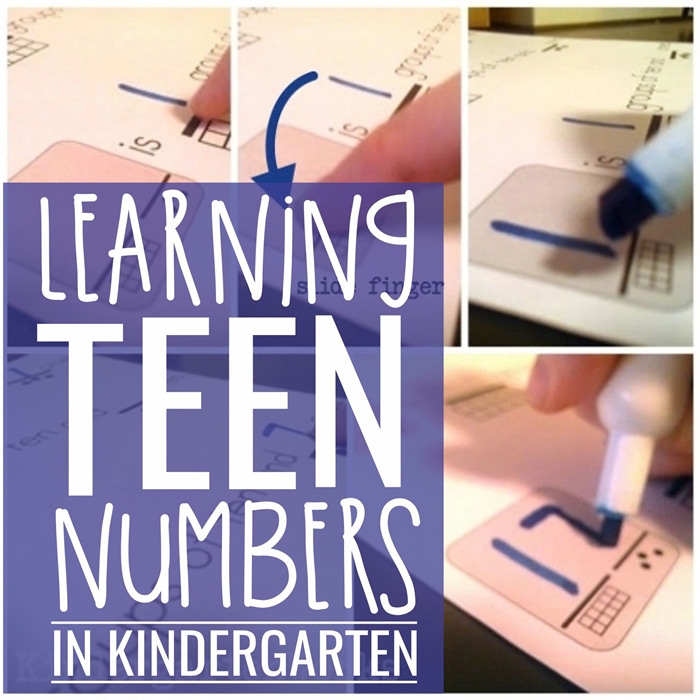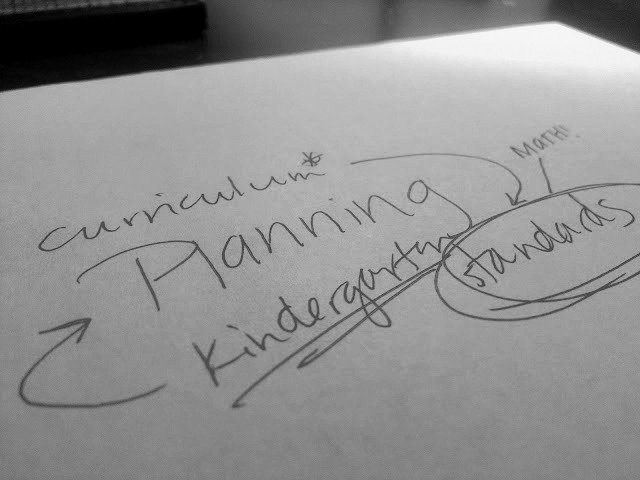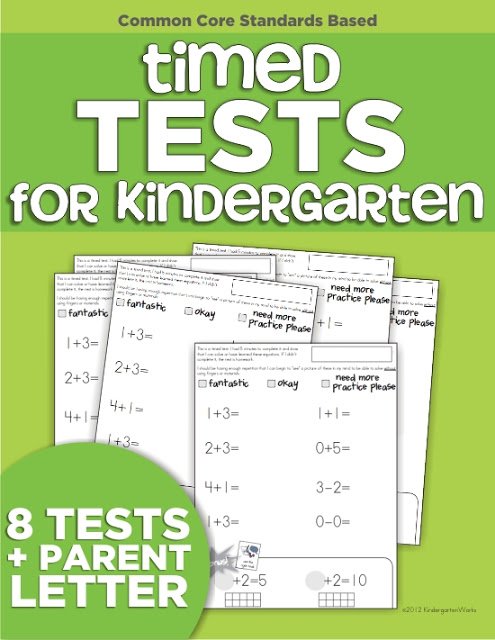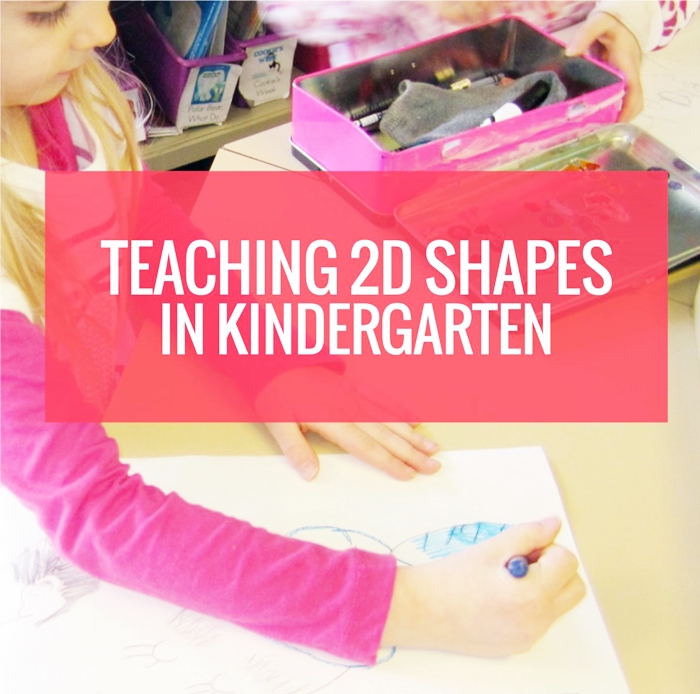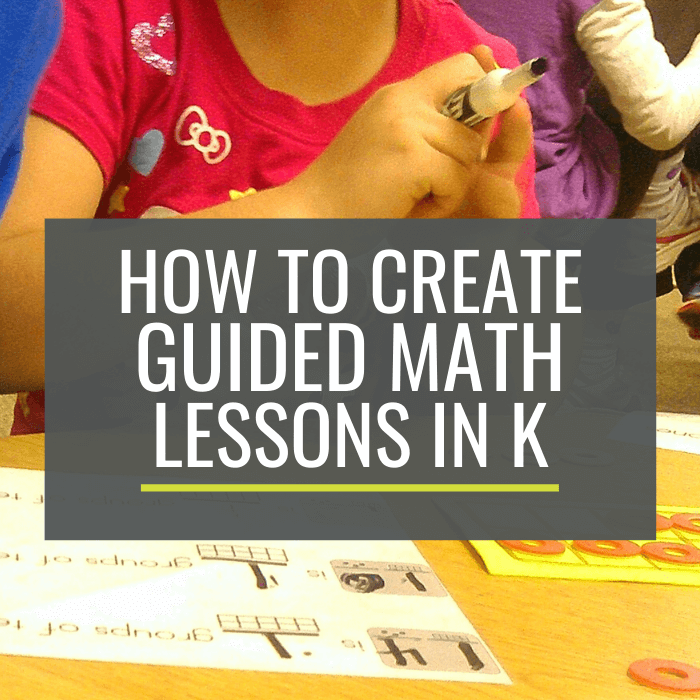Subtraction – Am I the Last One to Figure This Out?
Two weeks ago, I was fussily taking some photos from our math journals to share and it hit me.
I was teaching my kinders wrong!
Okay, not wrong, but I could be teaching them better!
Why, when I am working with them in groups or during our whole group calendar time, am I modeling subtraction by doing this…
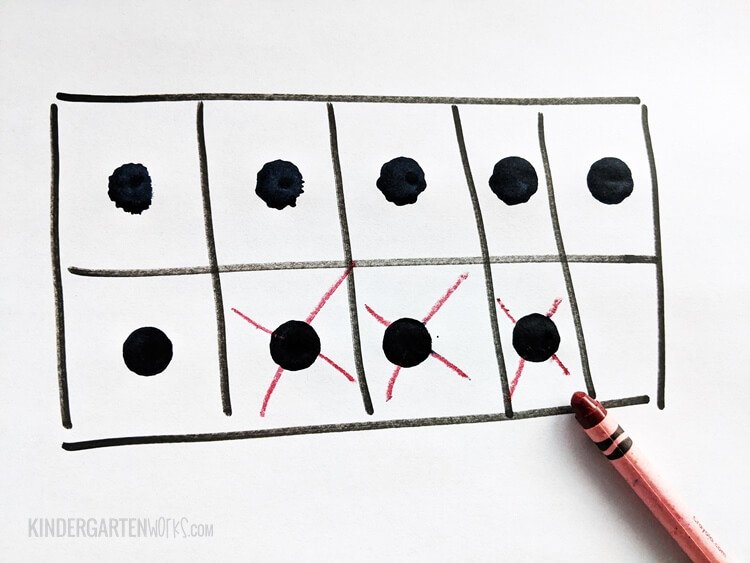
Why am I modeling crossing out individual items for subtraction?
The story
Now, let me back up just a little in this story to give you some understanding and why I realized that crossing out individual items to model subtraction has got to stop.
It was bugging me the other day when some of my kinders who (ahem) ‘take longer to catch onto some math concepts’ were modeling subtraction in their notebooks using one single x to cross out the entire lot.
It bugged the part of me that likes things neat and organized because it was harder to see exactly how many had been crossed off and for them to check their work essentially, because the sides of the x are rather open, making it visually more difficult.
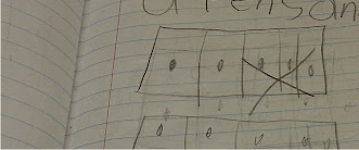
But now – I am so thankful that I realized they were seeing taking away an entire group of objects (which is higher-level thinking than I was giving them credit for) and they were also able to “see” the set to cross it out (without counting one-to-one)!
We are talking about “seeing” (subitizing) groups of two and three objects, and I was reminded of just how huge that skill really is.
Now comes where I learned my lesson… Because really, what good is it if I don’t apply what I’ve learned?
I started immediately modeling subtraction (with a ten frame for example) by crossing items out like this instead…
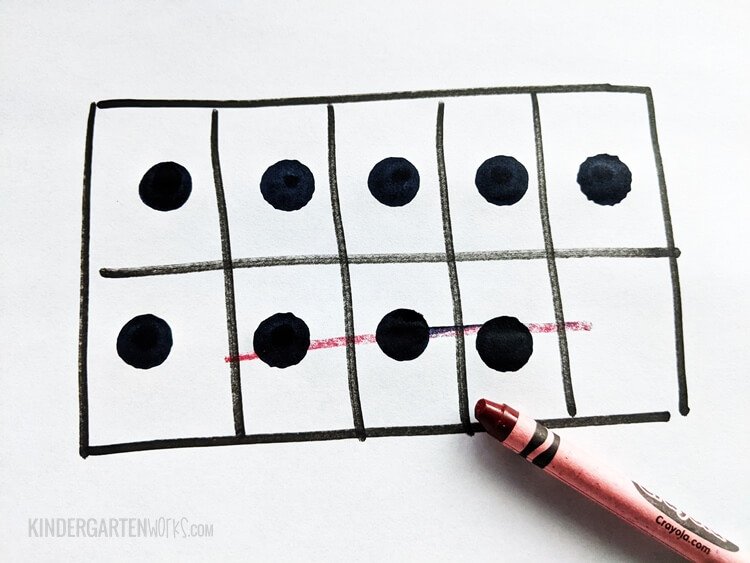
My kinders were tickled at how fast it was to literally cross out items and loved it.
It may be a small tweak, but to me, its a meaningful one!
Okay, now tell me – am I the last one out there to do this?
How to build strong visual subtraction skills
Since I learned this better way to model subtraction visually, I came up with a few resources to help build our subtraction skills using it.
Subtraction equation cards
First, I recommend making copies of these free subtraction cards onto colored construction paper. It makes it easy to keep track of multiple sets when working with groups.
I use these in small groups to practice modeling the equations with ten frames, number lines, and touch dots until they begin to become very familiar with them.
Subtraction memory games
Next, I needed to create materials they could use on their own in our math games center.
I created a set of three different memory games after reflecting on this new way to model subtraction.
They help develop focus on what’s left, what’s taken away and visualizing subtraction scenarios.
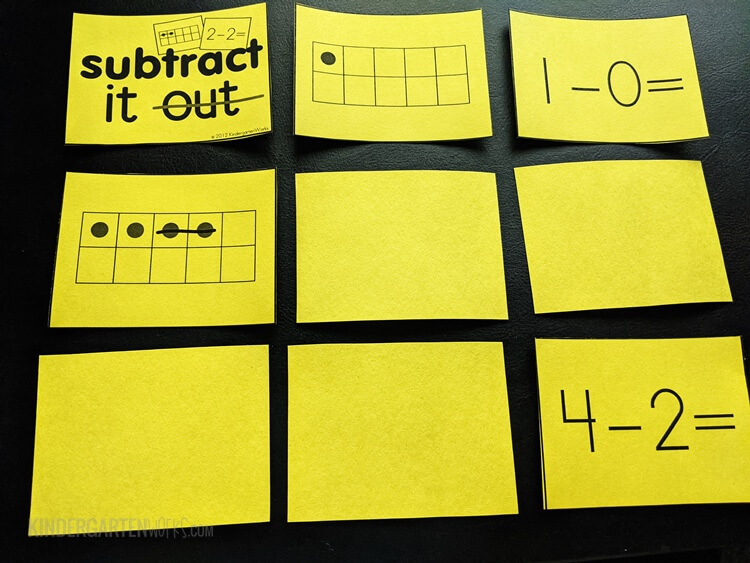
These should help build some mental images for my kinders who are still working on that (and that’d be most of them!)
Subtract It Out is a memory game that models subtraction situations in a ten frame using crossing out (strike-through) and the matching equation without the difference.
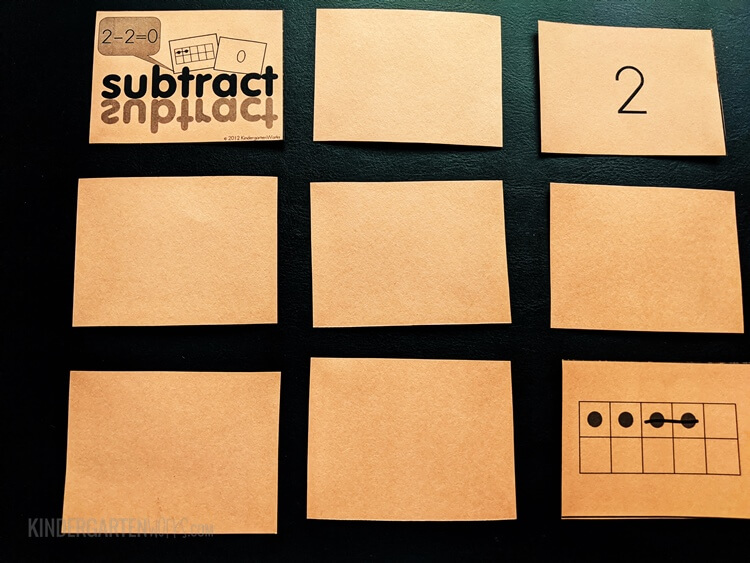
Subtract! models subtraction situations in a ten frame using crossing out (strike-through) and the matching difference. I recommend that you encourage students to verbalize the situation with an equation once they get a match.
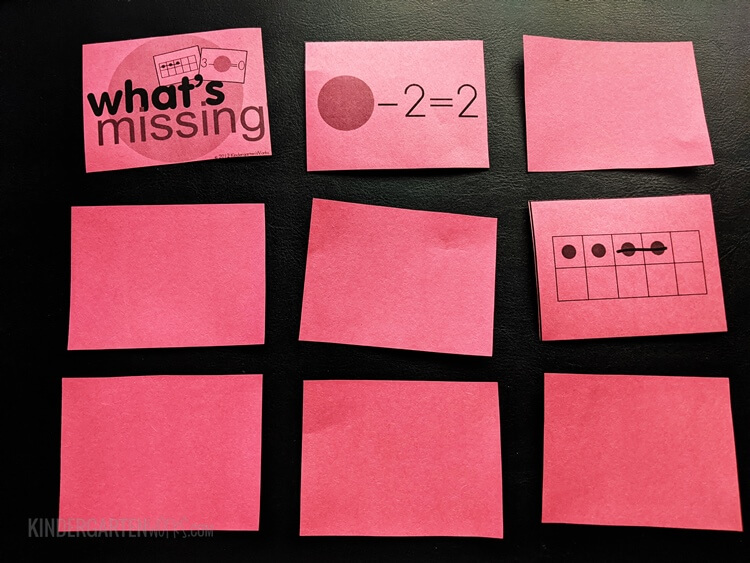
What’s Missing? This game models subtraction situations in a ten frame using crossing out (strike-through) and the matching equation with a missing addend. This can be a tough one!
You can get these games to use in your classroom. They are available as a digital download. Click below to get yours now.
Let’s wrap it up
Whether or not I am indeed the last one to have figured this out – I hope that my revelation and these games can be helpful to you in your classroom.
It’s amazing what kindergartners can do, and what we can learn from them.
Related: When to Teach Math Standards in Kindergarten
If you like what I do here on KindergartenWorks, then be sure to subscribe today. I look forward to sharing ideas with you weekly.

